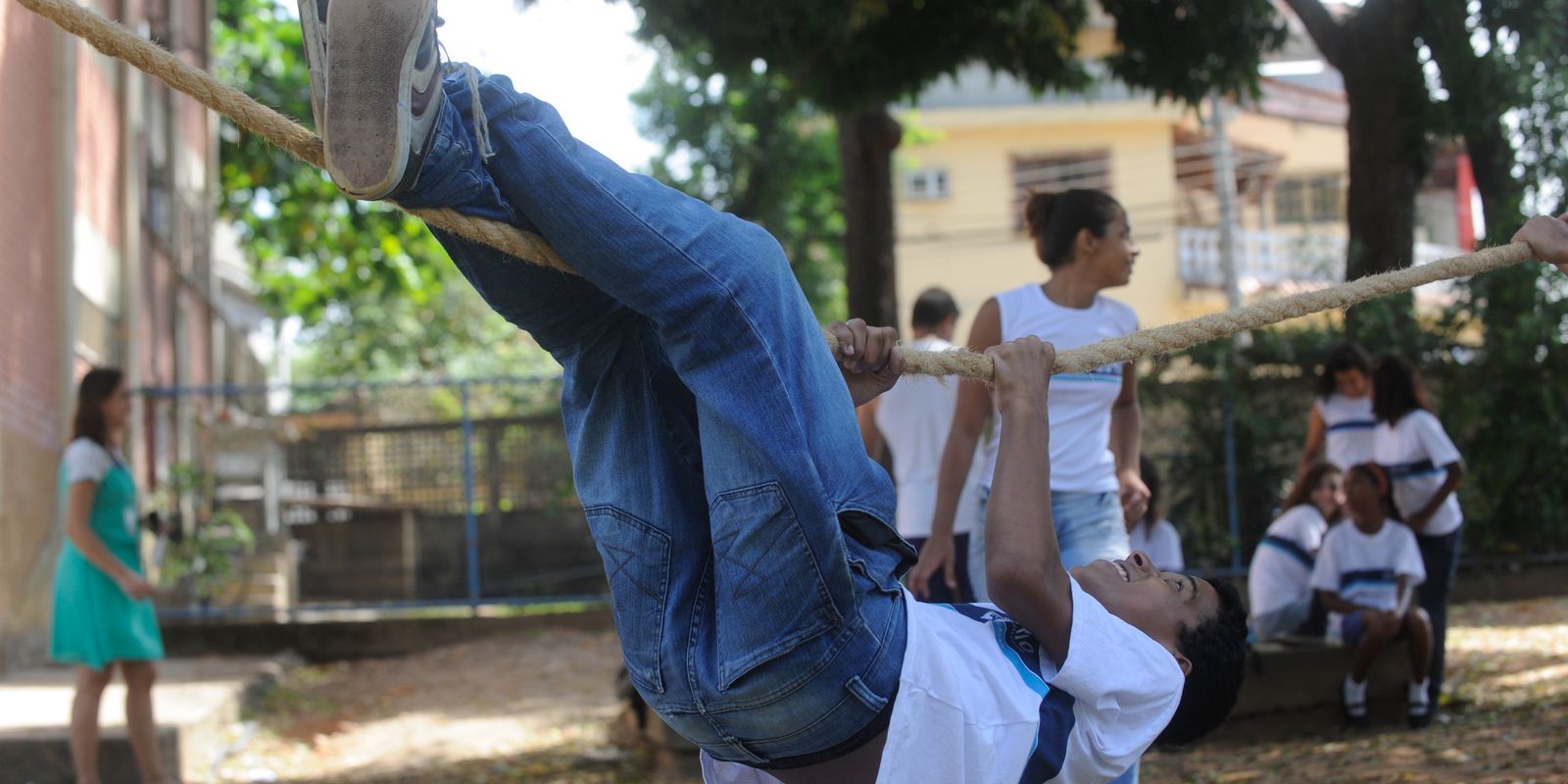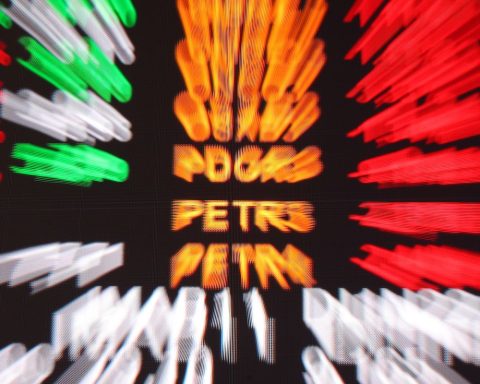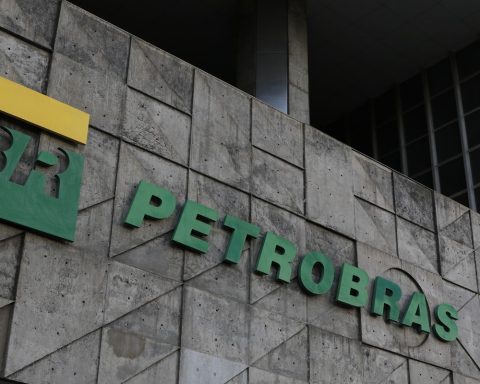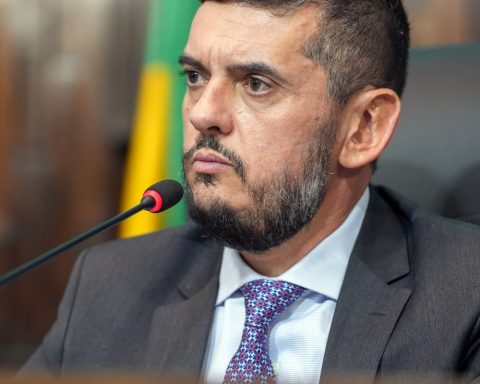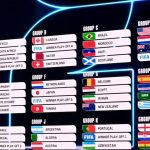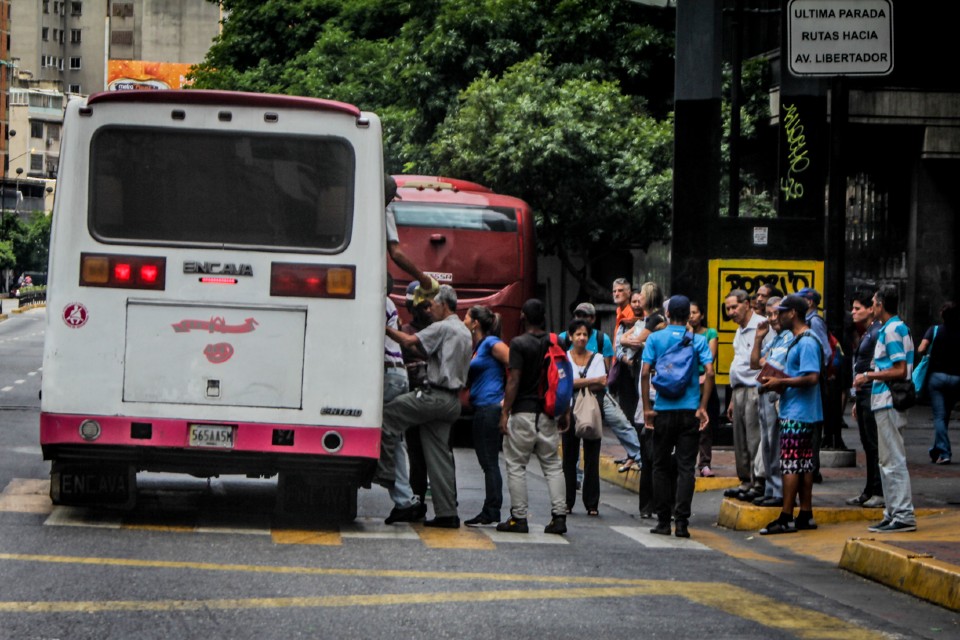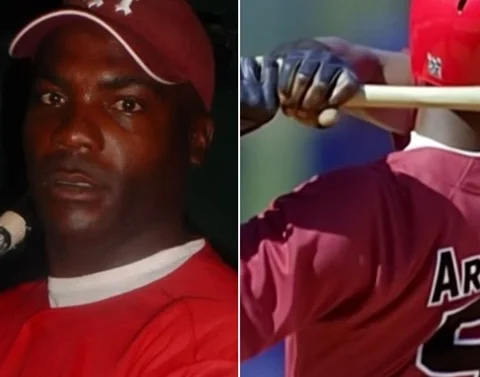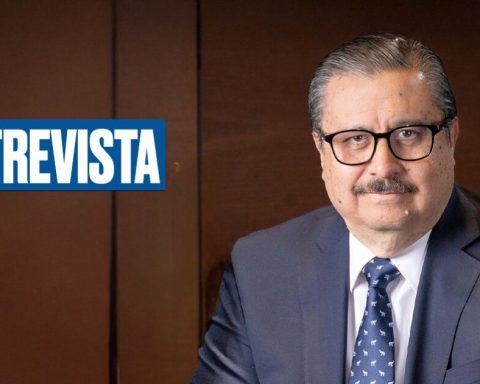A study on early childhood and elementary schools in the capitals, released this Wednesday (27), showed that six out of every ten institutions surveyed (64%) are in places where the temperature is at least 1 degree Celcius (°C ) higher than the region average. Furthermore, 37.4% of the locations do not have green areas, 11.3% are in slums and 6.7% are in areas at risk of natural disasters.
The research Access to Green and Climate Resilience in Schools in Brazilian Capitals, promoted by the Alana Institute, also concluded that 370,000 students in 20,635 public and private schools are in climate risk areas. In practice, children and adolescents may have their basic education compromised by forest fires, storms or landslides.
“This could mean weeks and weeks without classes, as we saw happening there in Porto Alegre, and we saw it happen in other places. In the state of São Paulo too, on the coast, and it often results in school dropouts, because when children are unable to attend classes for a long time, they often do not return”, explains Maria Isabel Barros, specialist in children and nature at the Institute. Alana.
According to researchers from Mapbiomas, the institute that developed the study, in the year 2023 in which the data were collected, the region that most concentrated schools with temperatures above the average of the urban perimeter where they are located, was the North Region, where The states of Manaus (97%), Macapá (93%) and Palmas (91.5%) recorded the highest percentages of institutions in this situation. The exception was Belém, which of all the capitals recorded the lowest percentage, 33.2% of warmer schools.
“We have also seen a very strong impact of heat waves on the daily lives of children in schools. So, children cannot concentrate to learn, and often do not have access to recess, because it is very, very hot”, says Maria Isabel. For the specialist, these data are directly associated with the absence of green areas in schools.
Green areas
The study found that in the schools studied, only 26.6% on average of the entire occupied area was vegetation:
“There is already a lot of research that proves that children who have greener, more naturalized schoolyards develop more active play. They develop a more beneficial sociability, play with more complexity, in short, a series of benefits for their integral development and health”, explains the specialist.
According to Maria Isabel, it is also important to consider that the presence of these green areas in schools does not mean that these spaces are being used intentionally for climate resilience and learning. When this occurs, activities are also carried out outside the buildings, in open rooms and in areas shaded by the vegetation:
“It’s something that is technically called a nature-based solution. Shading is one of them, which helps us mitigate the effects of heat waves and other climate events and adapt.”
When researchers observed the areas surrounding schools, they also concluded that across the country, only 1.9% of spaces within 500 meters of institutions are squares and parks.
Capitals in the North region also had the worst performance in this regard, with Porto Velho (0.6%) and Macapá (1.2%) having the lowest proportions of parks and squares close to schools.
Inequalities
A selection of schools located in favelas and urban communities also leads to a percentage higher than the national average (11.3%) in the capitals of the Northern Region.
Manaus is the city with the highest concentration of early childhood and elementary education institutions in favelas, where more than half, 53%, are located in these areas, and Belém is the second capital in this situation, with 41% of institutions in favelas and communities.
The exception in the North Region is the capital Boa Vista, where no favela schools were identified. In the Central-West, only 1% of schools are in favelas in the capitals Goiânia and Campo Grande.
When the same selection is made for schools in areas at risk for natural disasters, capitals in the Northeast had the highest concentration of institutions in this situation. In Salvador, 50% of schools are in risk areas, and in Vitória and Recife the number is approximately 25%.
By deepening the selection of schools in risk areas for a racial perspective on student vulnerability, the researchers concluded that 51% of schools in this situation have a majority of black students, and only 4.7% have a majority of white students.
“The data proves the territorial, racial and socioeconomic inequalities that we have already observed in the distribution of greenery and also in relation to risk in the city in general here in Brazil. Schools reproduce these inequalities that we see in these indicators”, concludes the expert.
